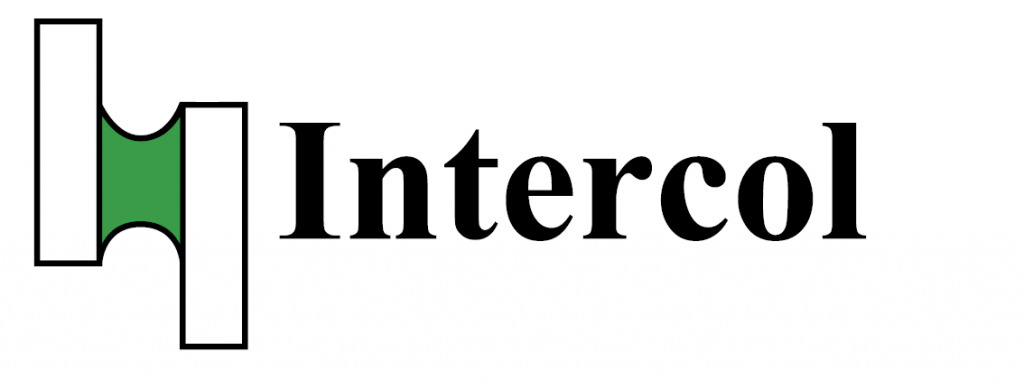Sustainability is a major concern for governments, businesses and the public around the world. With each passing month, we are introduced to new, innovative ways to be 'greener'.
On a personal level, this could be through the use of a reusable water bottle, shopping with bags for life or opting to buy naked products (products without packaging). On the business side, companies are switching from plastic to paper packaging, introducing vegan variations of their products, and partnering with other companies to form closed loops. Companies recognize the change in consumer needs and behavior and their own environmental responsibility. The Telegraph reported that nearly half of UK businesses plan to increase their environmental spending between now and the summer of 2021.
The aforementioned changes in customer and business behavior result in additional requirements for the adhesive industry and a more in-depth consideration of adhesive selection and performance.
Packaging with hot melt glue
Packaging is an area that has a significant impact on the environment. And because packaging is an important application for adhesives, it is certainly an area that deserves closer attention and that the adhesive industry must adhere to.
According to the United States Environmental Protection Agency (EPA), nearly half of municipal solid waste consists of food and food packaging materials. When it comes to the damage humanity is doing to the planet, packaging waste is a big part of the problem. Fortunately, documentaries such as David Attenborough's Blue Planet help to highlight this and encourage people to increase their knowledge of the benefits of reuse and recycling of packaging.
Recently, however, new terms like 'biodegradable', 'compostable' and 'biobased' have emerged for both packaging materials and adhesives, but the knowledge behind these terms is rather hazy. It has become clear that consumers need more information about materials and more instructions to help with recycling. Today, people choose to buy biodegradable packaged products over other forms of packaging because they have heard that it is better for the planet, because they throw them out the wrong way, they potentially do more harm than good. Let's talk ...
Biodegradable, compostable and biobased - what do they really mean?
- Biodegradable: An object or substance is considered biodegradable if it can be broken down by bacteria or other living organisms to prevent contamination. Technically, almost everything is biodegradable, but most things take hundreds of thousands of years to biodegrade, while 'biodegradable products' are usually made from sustainable materials and plant by-products and break down much faster.
The problem with biodegradable products is that when they are sent to landfill, they are often buried, meaning the beneficial bacteria cannot survive due to lack of oxygen. As a result, these products break down anaerobically (without oxygen), creating the greenhouse gas methane. In some landfills the methane is collected to produce electricity (biogas plants), but this is not done in most landfills. It is therefore better to dispose of biodegradable products in a commercial compost pile or send them to a recycling facility. - Compostable: To be considered compostable, industrial packaging must meet the specific requirements of European standard EN 13432. For example, compostable plastics must decompose after 12 weeks and be fully biodegradable after six months. Compostable products are made from natural materials such as starch and break down completely into compost (usually in an industrial composting plant with controlled conditions) without creating toxic residues. When properly disposed of, the compostable products are completely broken down and can then be used to grow more raw materials.
- Biobased: Bio-based products are products that come from plants and other renewable materials from agriculture, the sea and forestry. The USDA Certified Bio-based Product label that you see on many packaging indicates the percentage of biobased content.
While recyclable, compostable, biodegradable, returnable and reusable packaging are all considered valid forms of sustainable packaging, consumers and manufacturers often still wonder what's best for the planet as each shape has its own pros and cons.
Plastic packaging and the environment
While plastic packaging is often ripped apart by the press, it can be durable if used and managed properly. The process of converting used materials into something new keeps products away from landfill for longer and it is often forgotten that plastic production uses about half the energy as alternative materials. Plastic is also a lightweight packaging medium, which means less energy is needed for the transport of packaged plastic goods. Indeed, studies have shown that the total packaging consumption of packaging mass, energy and greenhouse gas emissions would increase if plastic packaging were not available and only other materials were used.
The disadvantage of 'standard' plastics (and paper too) is that they can only be recycled a few times before they are considered unusable, while materials such as glass, metal and aluminum can be recycled endlessly.
While it is now widely known that single-use plastics are dangerous to the environment - particularly to our oceans - plastic packaging is evolving. You can now find compostable and biodegradable plastics (although they are not 'easy' to recycle) and plastic packaging that is 100% recyclable.
Recently McDonalds restaurant switched to paper alternatives to 100% recyclable plastic straws, but it has just come to light that these paper straws are not yet recyclable and should be thrown away. This is just one example of the ever-growing list of companies making 'green changes', but as you can see, change can be difficult (especially for large companies) and a lot of in-depth research is needed to make informed choices.
Obviously, it is a challenging time for packaging specialists and brand owners as they need to find the right balance between the safety, convenience and durability of their products.
Tomorrow's packaging
Today's consumers and businesses are moving towards sustainable packaging, which is the development and use of packaging that leads to better sustainability. This looks at the entire life cycle of the packaging, from the supply chain, basic function and usefulness for the consumer to the end of its useful life. Glues will play a crucial role in this process.
The discussion about what type of packaging is best for the environment is still ongoing, but after an increase in the types of plastic packaging marketed as 'biodegradable' or '(home) compostable', FEICA (the Association of the European Adhesives and Sealants Industry) examined whether these types of packaging are beneficial in the context of the circular economy - the economic system aimed at eliminating waste and the continued use of resources.
In a report by Eunomia, FEICA concluded that: “At this stage, evidence is weak in favor of some agronomic benefit associated with compostable plastic material in compost or digestate. Some of the carbon from the biodegradable plastics appears to have been incorporated into the biomass, but at least half is 'lost' to CO2 emissions into the air. This leads to the conclusion that in the choice of materials for products and packaging, priority must be given to recyclability over compostability ”.
Zowel consumenten als fabrikanten worden zich blijkbaar meer bewust van de milieu-impact van de producten die ze kopen of produceren. Maar zonder een duidelijk akkoord over wat echt het beste is voor de toekomst, beginnen deskundigen de kant te kiezen en identificeren zij hergebruik van biogebaseerde of duurzame, ethisch verantwoorde producten als een meer permanente oplossing voor een duurzamer productaanbod op lange termijn. Het is echter de moeite waard om op te merken dat het duurzaamheidsdebat zich in hoog tempo ontwikkelt en dat dit advies vandaag wellicht morgen door iets anders wordt vervangen.

